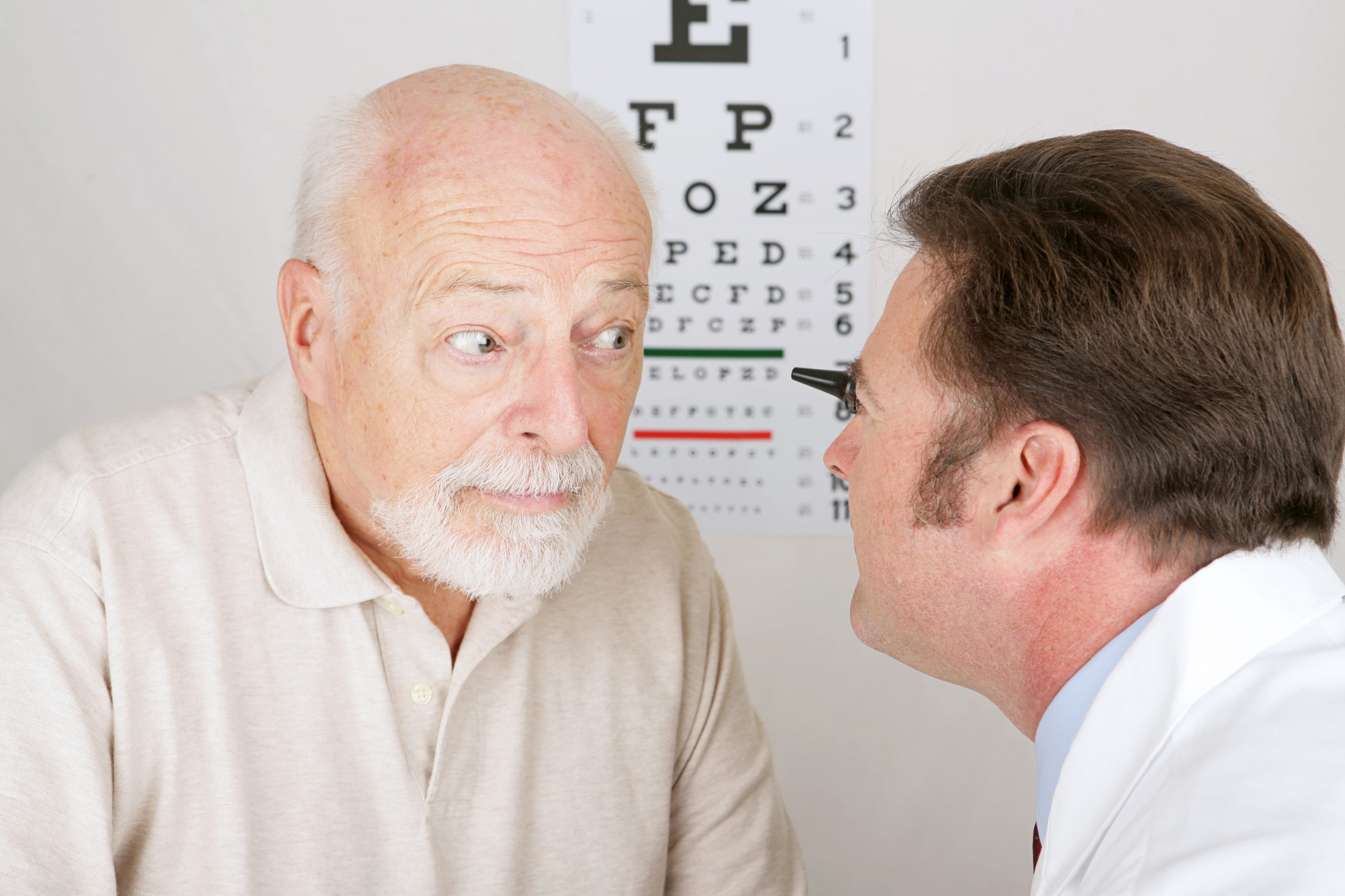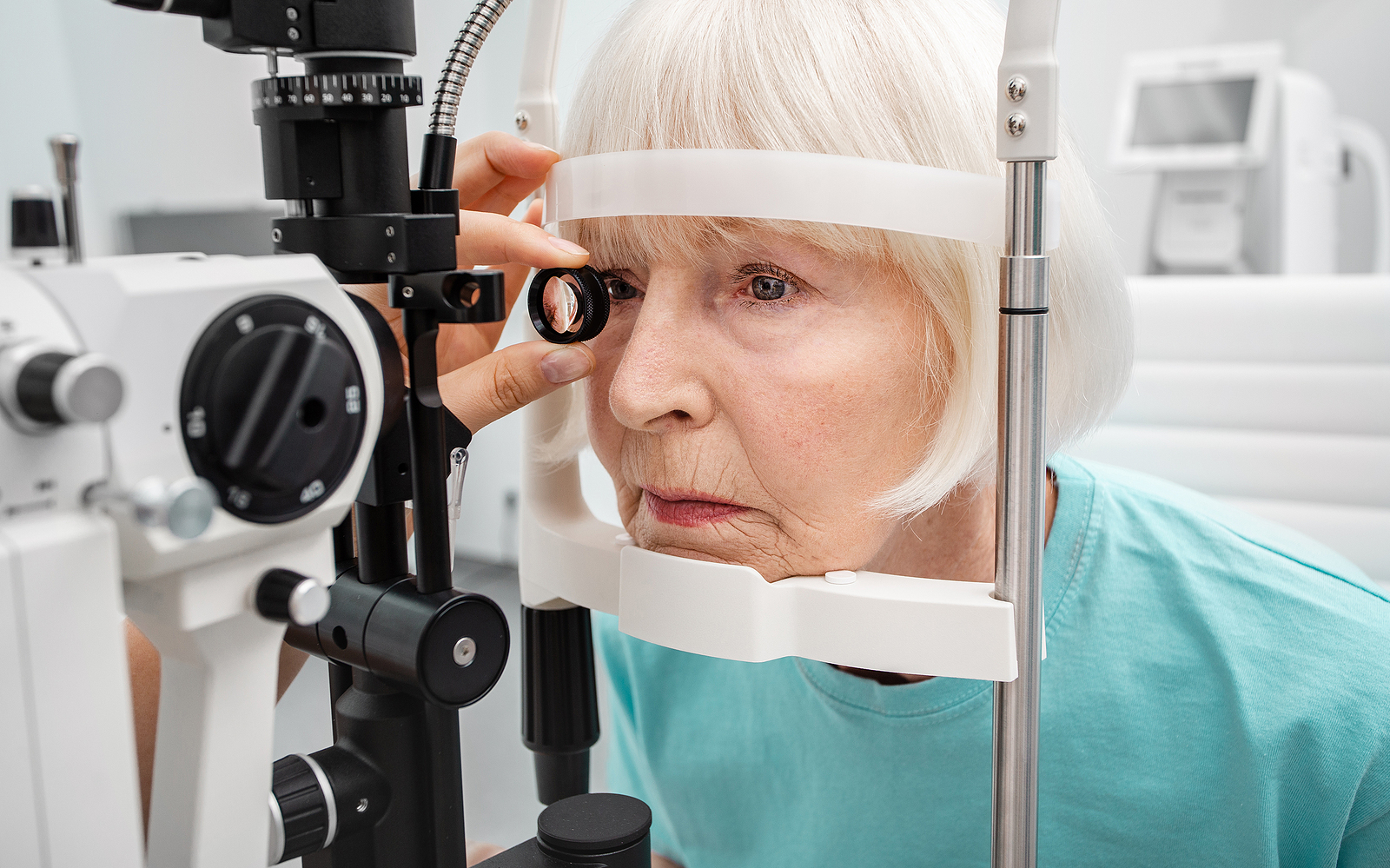Emerging Treatment Options for Presbyopia

Presbyopia is a natural part of aging, but with the right treatment, you can easily manage your condition and see as clearly as ever.
As you age, you may notice your eyesight beginning to decline. Even people who’ve enjoyed clear vision for their entire lives may soon find themselves needing reading glasses or struggling to see well at night.
Oftentimes, this type of vision loss is a result of a condition known as presbyopia. A common part of aging, presbyopia gradually reduces your ability to focus your eyes on nearby objects, much like farsightedness. It affects nearly everybody at some point to greater or lesser extents.
As technology and medical knowledge have advanced, however, so have treatments for this common condition. Here’s are some things you should know about presbyopia, including its causes, symptoms, and current treatment options.
What Is Presbyopia?
Presbyopia is an age-related condition that affects the eye’s ability to focus on nearby objects. As a result, a patient may find it harder to see books or screens as they draw them closer to their eyes. Other patients experience headaches and eye strain.
Unlike most refractive errors, which result from a misshapen cornea, presbyopia affects the clear lens of the eye, a structure located behind the cornea and the pupil. The lens focuses light onto the retina, and allowing the eye to focus on objects both close and far. Presbyopia arises as the lens becomes more rigid, leading to a decreased focus range.
Presbyopia is one of the world’s most common eye conditions. Indeed, most people will probably develop it at some point during their lives, with varying degrees of severity. Data from the U. S. Census Bureau indicated that 112 million people in American had it in 2006 alone, and this number is likely to grow by as much as 23 million by 2020.
Treatment
Unfortunately, there isn’t a permanent cure for presbyopia; however, like any refractive error, the condition can be effectively managed with a number of relatively affordable and minimally invasive treatments. More conservative options include progressive lenses, specialized glasses like bifocals or trifocals, and contacts.
Many patients with presbyopia may also benefit from corrective eye surgery, such as conductive keratoplasty and LASIK. During conductive keratoplasty, a surgeon will use radio waves to change the eye’s shape, helping it properly refract light. In recent years, modified LASIK procedures have provided patients with equally effective results. Monovision LASIK, for example, alters one eye so that it sees farther objects better and the other eye so that it sees closer objects better, allowing the brain to then choose which eye is better-suited for certain tasks. The similar PresbyLASIK is designed to help patients see as though they’re wearing multifocal contact lenses at all times, but this new approach is still being evaluated for use in the United States.
If you’re worried you may be developing presbyopia or have already been diagnosed, corrective eye surgery may be able to provide lasting relief from your symptoms. Schedule an appointment with a specialist today at our Mesa or Chandler locations in order to determine the best possible course of treatment for you.
[DISPLAY_ULTIMATE_SOCIAL_ICONS]








